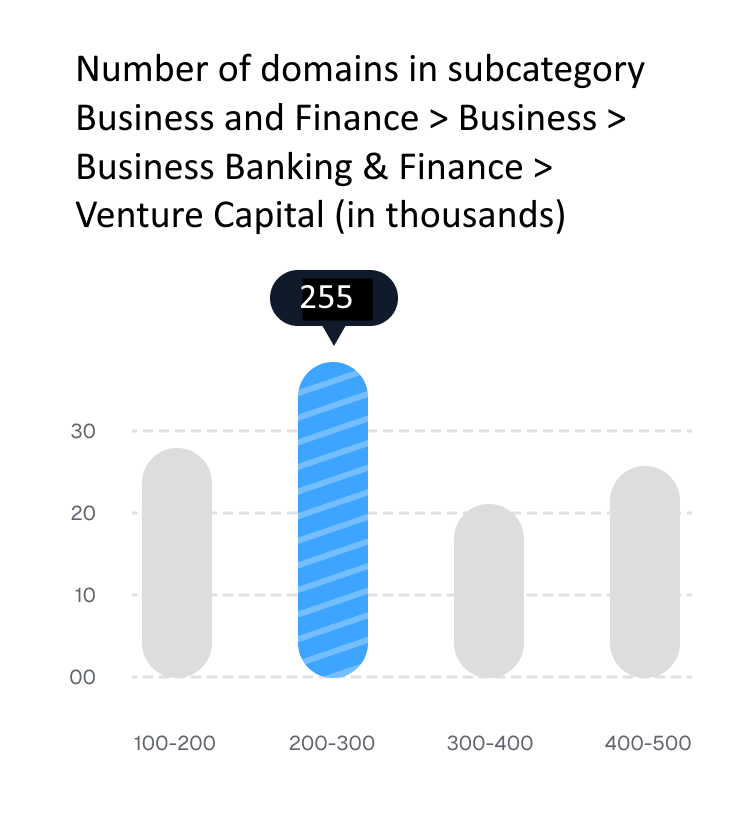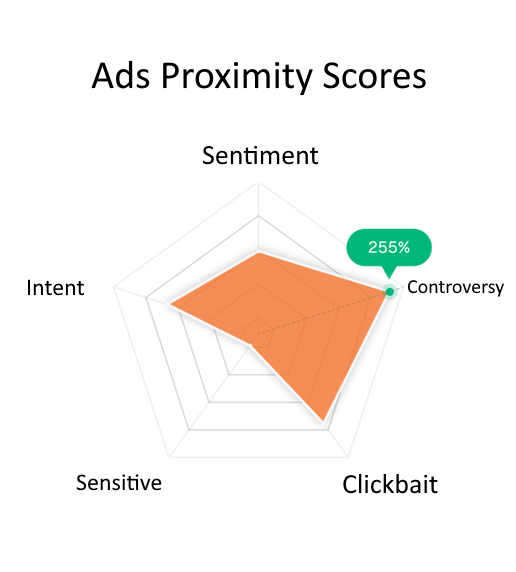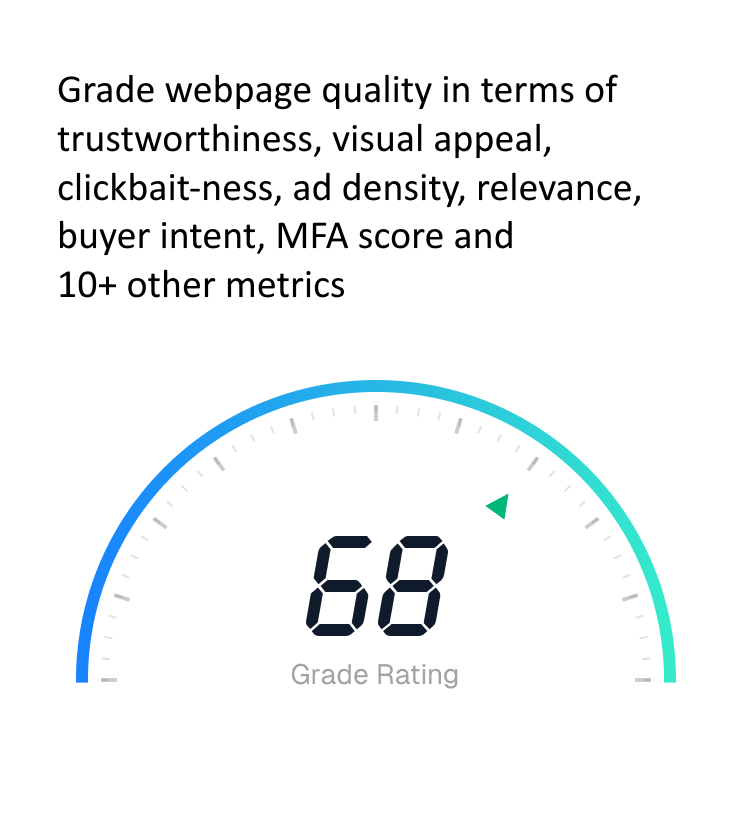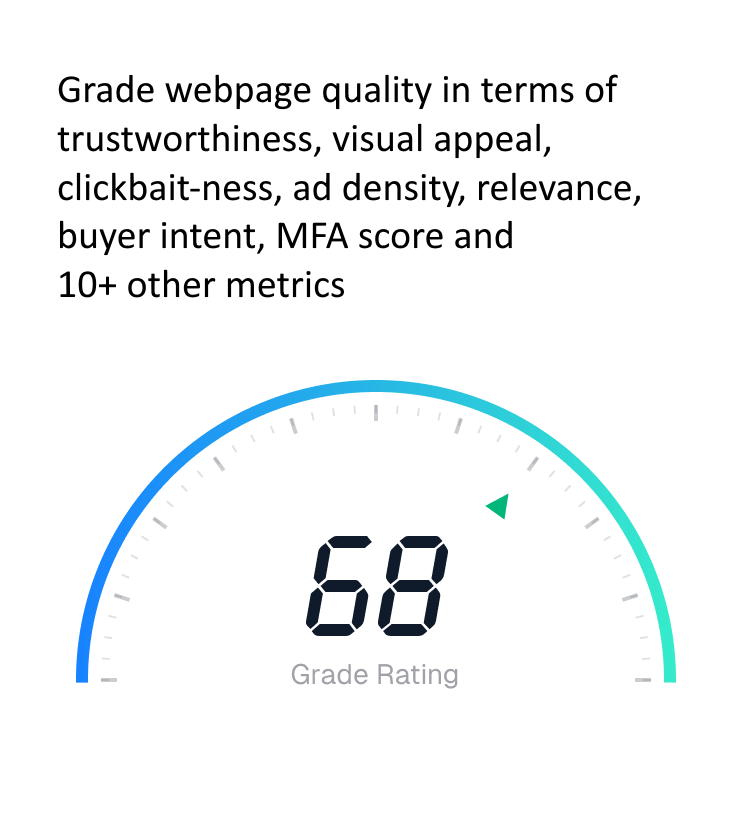Revolutionary AI Technology for Comprehensive Video Content Moderation

In the rapidly evolving landscape of digital content moderation, traditional approaches that rely on thumbnail analysis, keyword filtering, or sporadic frame sampling have proven inadequate for the sophisticated challenges of modern video platforms. Frame-by-frame visual analysis represents a paradigm shift in video moderation technology, employing advanced artificial intelligence to examine every single frame of uploaded video content with unprecedented precision and accuracy.
This comprehensive approach ensures that no inappropriate content escapes detection, regardless of how briefly it appears or how cleverly it's concealed within otherwise acceptable material. By analyzing the complete temporal sequence of visual information, our frame-by-frame system provides platform operators with the most thorough and reliable content moderation solution available in the market today.

Our frame-by-frame visual analysis system is built upon a sophisticated multi-layered architecture that combines cutting-edge computer vision algorithms, deep learning neural networks, and advanced temporal pattern recognition. The foundation of this technology rests on proprietary convolutional neural networks (CNNs) that have been specifically trained on millions of hours of video content across diverse categories, platforms, and cultural contexts.
The system operates by first deconstructing uploaded videos into individual frame sequences, maintaining full resolution and color accuracy throughout the process. Each frame is then processed through multiple parallel analysis pipelines, each specialized for different types of content violations. This parallel processing approach ensures comprehensive coverage while maintaining the high-speed performance necessary for real-time moderation applications.
Unlike traditional image recognition systems that analyze static pictures, our frame-by-frame technology incorporates temporal context awareness, understanding how content evolves across the video timeline. This temporal intelligence allows the system to detect violations that only become apparent when multiple frames are considered in sequence, such as gradual reveal techniques often used to circumvent basic moderation systems.
The neural network architecture underlying our frame-by-frame analysis consists of multiple specialized networks working in harmony. The primary visual processing network employs a modified ResNet architecture with attention mechanisms that allow the system to focus on the most relevant portions of each frame. This is complemented by a temporal analysis network that tracks changes and patterns across frame sequences, enabling detection of sophisticated evasion techniques.
Advanced YOLO-based object detection identifies and classifies all visible elements within each frame with pixel-level precision.
Contextual analysis determines the setting, environment, and situation depicted in video content for appropriate moderation decisions.
Movement and change analysis across frames detects evolving content that may violate policies when viewed in sequence.

Our frame-by-frame analysis system excels in detecting a comprehensive range of content violations across multiple categories, each requiring specialized detection algorithms and training data. The system's ability to identify explicit visual content represents one of its most critical capabilities, employing advanced nudity detection algorithms that can distinguish between artistic, educational, medical, and inappropriate sexual content.
The system's nudity and sexual content detection capabilities operate at multiple levels of sophistication. At the foundational level, the system identifies exposed body parts and their contexts, determining whether the exposure is incidental, artistic, educational, or sexually explicit. Advanced semantic understanding allows the system to consider factors such as camera angles, positioning, facial expressions, and environmental context to make nuanced determinations about content appropriateness.
Beyond simple nudity detection, the system identifies sexual acts, suggestive positioning, and explicit sexual imagery with frame-level precision. This includes detection of partially obscured content, animated sexual material, and stylized or artistic depictions that may still violate platform policies. The system's training on diverse global content ensures accurate detection across different cultural presentations of sexual material.
Violence detection represents another critical capability of our frame-by-frame analysis system. The technology can identify various forms of physical violence, from obvious altercations to subtle threatening gestures. Blood detection algorithms can identify both realistic blood imagery and stylized representations, while weapon detection identifies firearms, knives, and other dangerous objects within video content.
The system's contextual understanding is particularly important for violence detection, as it must distinguish between legitimate news content, educational material, entertainment media, and actual harmful violent content. This requires sophisticated scene analysis that considers factors such as production quality, environmental context, participant behavior, and audio-visual synchronization.
Detection of firearms, bladed weapons, and improvised weapons with classification by type and threat level.
Recognition of fighting, assault, and other forms of physical violence through movement and context analysis.
Identification of graphic imagery including blood, wounds, and other disturbing visual content.

One of the most sophisticated aspects of our frame-by-frame analysis technology is its ability to detect temporal patterns and evasion techniques that span multiple frames or time periods within a video. Content creators attempting to circumvent moderation systems often employ sophisticated techniques such as rapid flashing of inappropriate content, gradual reveals, or content that only becomes violative when viewed in sequence.
The system's rapid flash detection capabilities identify inappropriate content that appears for only brief moments within otherwise acceptable videos. This technique, often used to evade basic moderation systems that sample only periodic frames, is completely ineffective against our comprehensive frame-by-frame analysis. The system can detect inappropriate content that appears for as little as a single frame, ensuring that no violation goes unnoticed regardless of how briefly it appears.
More sophisticated evasion techniques involve gradually revealing inappropriate content across multiple frames or video segments. Our temporal analysis algorithms track changes in image content across time, identifying patterns that indicate gradual revelation of nudity, violence, or other prohibited content. This includes techniques such as slowly removing clothing, gradually revealing weapons, or progressively intensifying violent action.
Some content violations only become apparent when multiple frames are considered in sequence. For example, instructional content for dangerous activities, demonstration of harmful behaviors, or the creation of threatening scenarios may involve individual frames that are innocuous but collectively constitute policy violations. Our frame-by-frame analysis system maintains contextual memory across the entire video timeline, enabling detection of these sophisticated violation patterns.

Implementing frame-by-frame visual analysis within existing video platforms requires careful consideration of technical architecture, processing requirements, and workflow integration. Our system has been designed with flexibility and scalability in mind, supporting various integration approaches from simple API calls to comprehensive SDK implementations.
For platforms requiring real-time moderation, such as live streaming services, our frame-by-frame analysis system provides sub-second processing capabilities. The system can analyze incoming video streams in real-time, providing immediate feedback about content appropriateness and enabling automated responses such as stream termination, content warnings, or audience age-gating.
For platforms with existing large video libraries, our system supports efficient batch processing capabilities. Videos can be queued for analysis with priority settings, and the system can process thousands of hours of content simultaneously across distributed processing clusters. Detailed reports provide comprehensive analysis results for each processed video, enabling platform operators to make informed decisions about content retention and policy enforcement.
The frame-by-frame analysis system supports extensive customization of moderation policies and sensitivity levels. Platform operators can configure different detection thresholds for different content categories, implement platform-specific rules, and establish custom workflows for different violation types. This flexibility ensures that the system can adapt to diverse platform requirements and community standards.
RESTful API endpoints for seamless integration with existing platform architectures and content management systems.
Native SDKs for Python, JavaScript, PHP, and other popular programming languages.
Real-time notifications for moderation decisions and policy violations through customizable webhook systems.
The field of video content moderation continues to evolve rapidly, driven by emerging content creation techniques, changing social media landscapes, and increasingly sophisticated evasion methods. Our frame-by-frame visual analysis system is designed with continuous improvement and adaptability at its core, ensuring that it remains at the forefront of content moderation technology.
Ongoing research and development efforts focus on enhancing detection accuracy, expanding content category coverage, improving processing efficiency, and developing new capabilities for emerging content types such as virtual reality videos, 360-degree content, and interactive media. The system's machine learning foundations enable continuous improvement through exposure to new content types and violation patterns.
Frame-by-frame visual analysis represents the gold standard in video content moderation technology, providing unparalleled accuracy, comprehensive coverage, and sophisticated detection capabilities that address the most challenging aspects of modern content safety. By analyzing every single frame of video content with advanced AI technology, this system ensures that no inappropriate content escapes detection, regardless of how sophisticated the evasion techniques employed.
For platform operators seeking the most reliable, accurate, and comprehensive video moderation solution available, frame-by-frame visual analysis provides the technological foundation necessary to maintain safe, compliant, and trustworthy digital environments at scale.